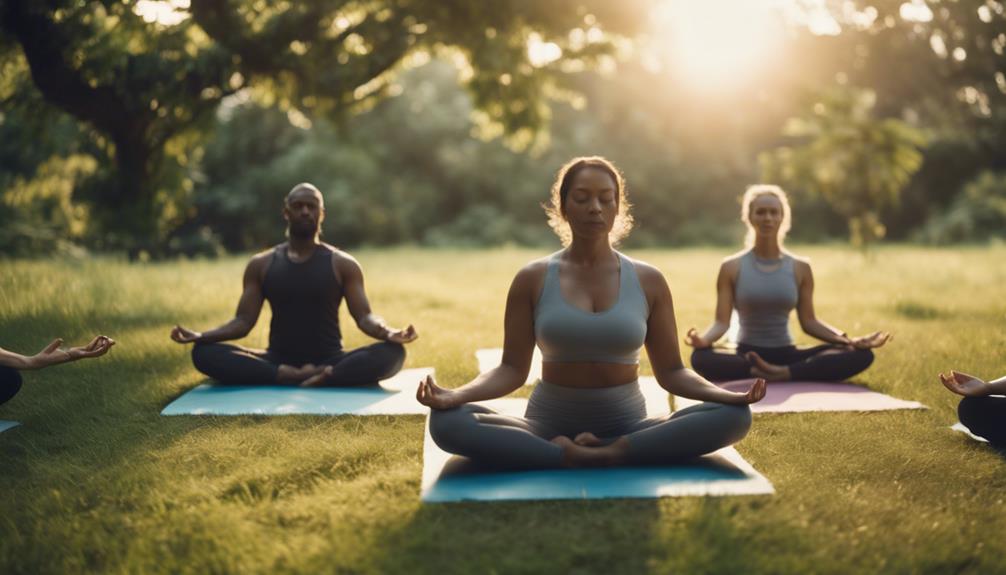How to Use Yoga Blocks
Are you looking to enhance your yoga practice with greater stability and comfort? Understanding how to use yoga blocks can unlock a world of possibilities in your poses. Whether you’re a seasoned yogi or just starting your journey, yoga blocks serve as an incredible tool to support your body, deepen your stretches, and improve your alignment. In this article, we’ll explore the joyful ways to incorporate these versatile props into your routine and master the art of using yoga blocks to elevate your practice!
Unlock Your Practice: How to Use Yoga Blocks with Joy!
Using yoga blocks is all about adding support to your practice while fostering a sense of joy and exploration. Start by placing the blocks under your hands in poses like Downward Facing Dog or Triangle Pose. This can help bring the floor closer to you, allowing for a more comfortable position that encourages proper alignment. Instead of straining to reach the ground, simply use the blocks as an extension of your body, making the experience more enjoyable and less intimidating.
Another delightful way to use yoga blocks is to assist in seated poses. If you find yourself struggling to sit comfortably on the floor, placing a block beneath your hips can elevate your seat, easing tension in your hips and lower back. This adjustment creates a more open and relaxed posture, enabling you to focus on your breath and meditation without distraction. Embrace this simple tip, and you’ll find that using yoga blocks turns your practice into a genuinely uplifting experience.
Lastly, let’s not forget about restorative yoga! Incorporating yoga blocks into your restorative poses brings a sense of nurturing to your practice. Use them to support your legs in Supta Baddha Konasana (Reclined Bound Angle Pose) or to create a gentle incline in Viparita Karani (Legs-Up-The-Wall Pose). These adjustments can help you deepen your relaxation, allowing you to soak in the benefits of each pose while promoting a joyful state of being.
Elevate Every Pose: Mastering the Art of Yoga Blocks!
To truly master the art of yoga blocks, it’s crucial to experiment with different heights and placements based on your individual needs. Yoga blocks typically come in three heights: low, medium, and high. Don’t hesitate to switch it up! For instance, when practicing a forward fold, you might find that using a higher block gives you the support you need to maintain proper alignment without excessive strain. Feel free to explore and discover which height feels the best for you, as this can significantly enhance your overall experience.
In addition to height adjustments, the placement of yoga blocks can also transform your poses. Consider using a block to stabilize your hand during challenging balancing poses such as Half Moon Pose or Side Plank. By placing a block underneath your lower hand, you create a solid foundation that allows you to focus on balance without fear of toppling over. This clever use of yoga blocks not only boosts your confidence but also brings an element of fun to your practice!
Lastly, don’t shy away from incorporating yoga blocks into your flow. Whether you are transitioning between poses or holding a challenging asana, blocks can help bridge the gap between effort and ease. For example, during a flow from Warrior II to Triangle Pose, placing a block under your hand can provide the support needed to maintain form and fluidity. By mastering how to use yoga blocks in every pose, you’ll find yourself elevating your practice and fostering a sense of playfulness and joy.
How to Use Yoga Blocks
Incorporating yoga blocks into your routine is a fantastic way to enhance your practice, enabling you to explore new depths and heights with ease. Remember, how to use yoga blocks is all about finding joy in the process and listening to your body’s needs. With these tips in mind, you’ll not only improve your alignment and flexibility but also foster a deeper connection with your practice. So grab your blocks, embrace the journey, and unlock the joyful potential that awaits you on your mat!
